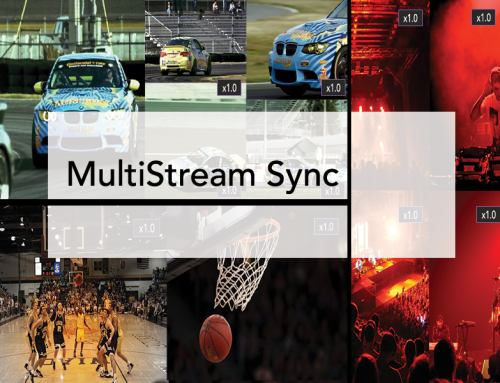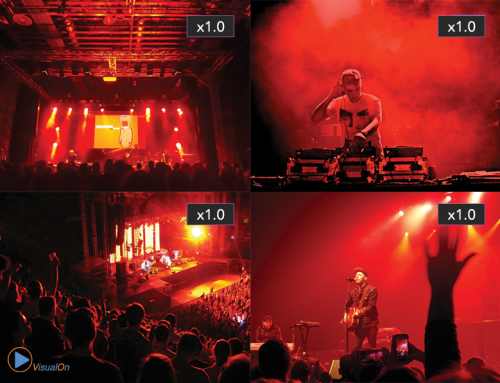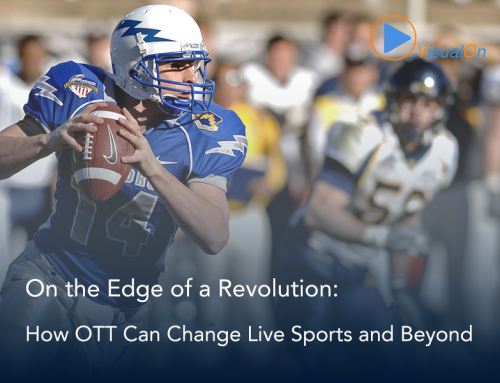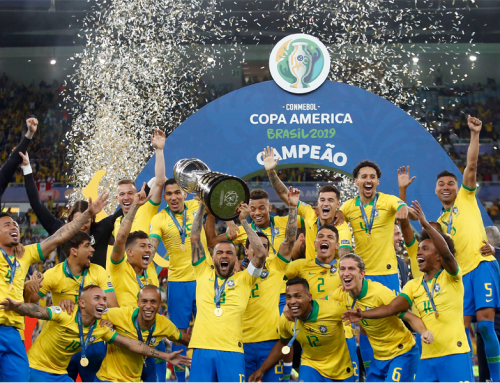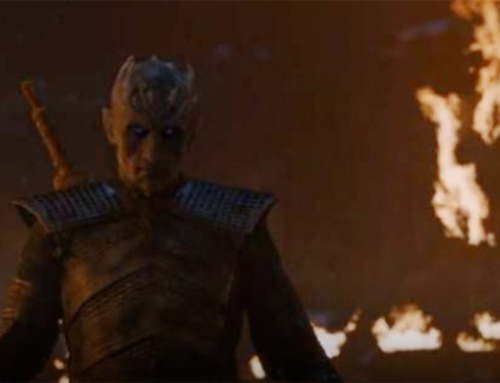Bridging Between Artistic Ideals and Viewing Reality
Video producers often target their shows and movies for ideal cinematic viewing environments. However, many people struggle to watch them in far-from-ideal mobile environments. Solutions are arriving to bridge this viewing gap.
Game of Thrones highlights the viewing gap
If you had trouble figuring out what was happening during episode 3 – The Long Night – of Game of Thrones (GOT), you are not alone. NPR host Linda Holmes was
expecting to hear lots of comments about the show’s action when she checked her Twitter feed. Instead, it was awash in complaints from people struggling to follow the action because the picture was too dark.
It’s kind of hilarious that after I spent the day expecting Twitter to explode with emotion during Game of Thrones, all that’s on my TL, from like 30 different people, is “Why is it so dark?”
— Linda Holmes (@lindaholmes) April 29, 2019
Fabian Wagner, the cinematographer responsible for the episode, offered some advice to viewers to improve the experience. He suggested turning off the lights in the viewing room and adjusting the TV’s settings. The advice he gave for mobile viewers was far less helpful: wait and watch it on television.
Mobile viewing is the norm
 However, the reality is that many people do watch long-form video on mobile devices. Last year, nScreenMedia analyzed Conviva data and found that a third of episodic video play requests came from mobile devices and that the average viewing time per play was more than 30 minutes.
However, the reality is that many people do watch long-form video on mobile devices. Last year, nScreenMedia analyzed Conviva data and found that a third of episodic video play requests came from mobile devices and that the average viewing time per play was more than 30 minutes.
Unfortunately, viewing environments when watching on mobile is far from ideal. Ambient light is difficult or impossible to control. As well, maintaining the right viewing angle can be tough for show and movie length content. The tools mobile users have to optimize their viewing experience are crude at best: cranking up the brightness may be all that someone can do.
Mr. Wagner and other cinematographers are unlikely to persuade viewers to stop watching their content on mobile. So, should they compromise the cinematic experience so that mobile viewers can watch too? That doesn’t seem likely to happen. However, client technology solutions to this conundrum are beginning to arrive.
VisualOn wants to help
One of the most interesting demonstrations at NAB this year could be found at the VisualOn booth. At the time, the company was readying for release a new feature for its popular Media Platform player called Adaptive NightVision. The feature is aimed squarely at the viewability problem encountered by viewers of GOT. The company showed me a demonstration of Adaptive NightVision, making a dark, obscure movie scene clearer and easier to follow on a mobile phone.
Crucially, the solution requires no changes to the video that is streamed to the mobile device. According to the company:
“VisualOn’s Adaptive NightVision is built on an advanced algorithm that analyzes the video, in real time, for contrast, brightness, color saturation, and key metrics. Viewers can easily set their preferred experience through a simple slider directly in the Media Platform player.”
In other words, Adaptive NightVision allows Mr. Wagner to continue to optimize GOT for a cinematic viewing environment. It also allows viewers to enjoy the show more fully on mobile if they want to. The approach seems to be a good compromise between artistic ideals and viewing reality.
VisualOn has now released Adaptive NightVision but seems to be targeting TV Everywhere services tied to a pay TV subscription. Based on my experience, I can only hope the technique catches on more broadly.
Why it matters
Premium video is often produced for television and sometimes cinematic viewing environment.
However, for many people mobile video viewing is the norm and they struggle to follow the action in dark and low contrast scenes.
Client-based solutions are arriving, which allow mobile viewers to easily adjust viewing parameters so they can enjoy the action too.
Written by:
Colin Dixon
nScreenMedia
Contact us for more information:
